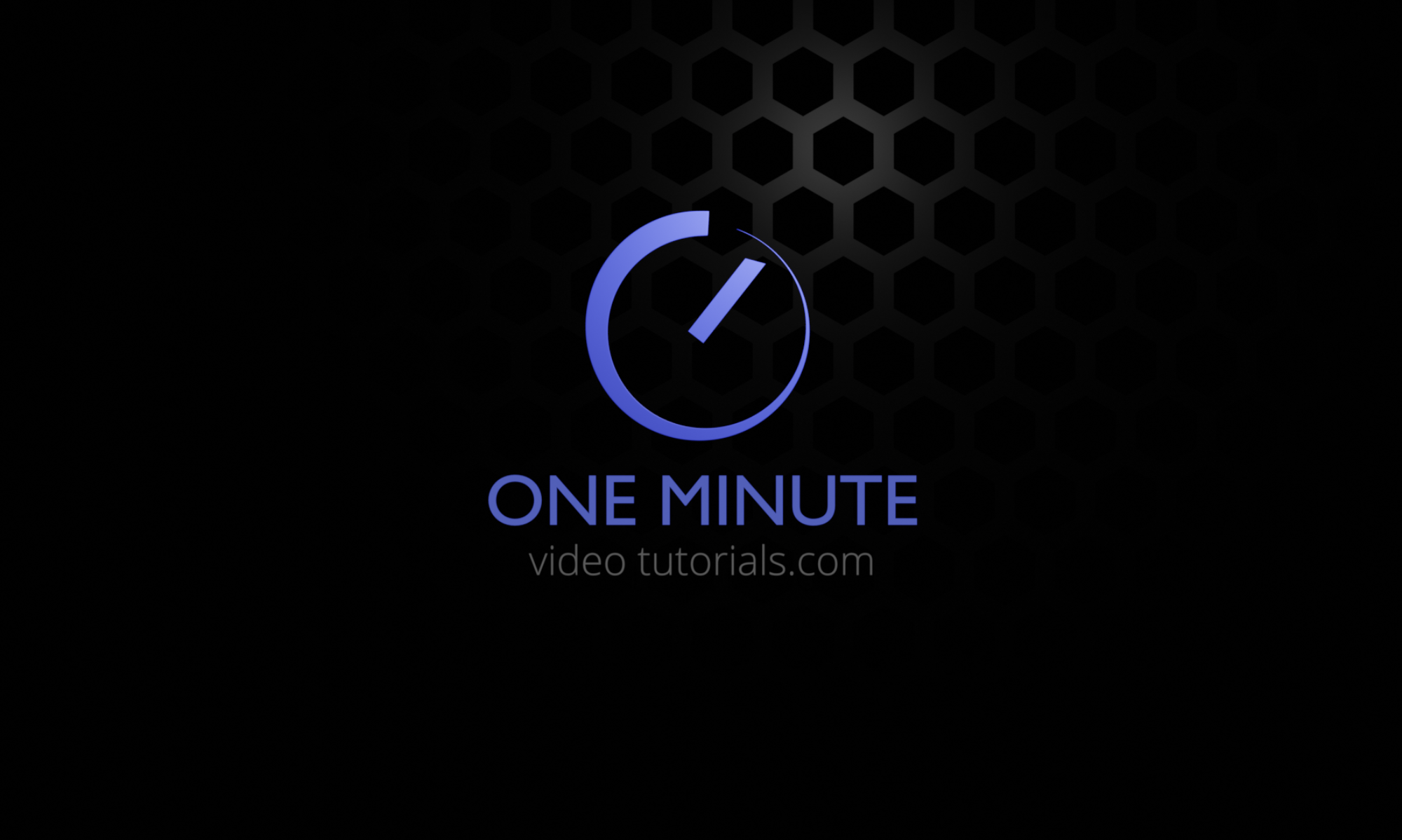I’m currently working on a project in which I need to create a lot of vector drawings. After trying Inkscape for a moment and having some frustrations with the user interface there, I decided to return to my favorite software: Blender. In this post I will document the things I learn while using the grease pencil tool to create vector art in Blender.
- If you are having trouble with fills, it’s likely because of your material. Go to the materials tab and make sure that you have enabled “fill” in the material properties.
- The grease pencil doesn’t support boolean operations yet, but it seems like this feature is in active development at the moment (written this on 30th of may in 2020). In the meanwhile I simply draw white color (or whatever color the hole should be) on top of my graphics and later vectorize the render in a vector program like Inkscape. It’s not an ideal solution, but works quite nicely in practice.
- The grease pencil sculpting features are absolutely amazing. It helps to turn on the symbol that says “Selection mask: only sculpt selected stroke points between other strokes” so that you can control which strokes are effected (by first selecting them in edit mode before sculpting).
- Use collections to organize your grease pencil objects. Grease pencil objects also have their own layer system which you can locate from the “object data properties” tab in the right side properties area. These are handy for organizing strokes and fills inside a single grease pencil object (like a single character). But for complex artwork I recommend creating multiple grease pencil objects. You can add a new object in object mode with shift+a –> grease pencil –> blank and then take that object into draw mode.
- There is no proper svg export for Blender 2.8 yet (freestyle with the svg addon didn’t export the artwork properly for me) . I’m currently testing Liero’s SVG export solution and will report back on that. Edit: Can’t get it to export properly anything but a text object. Probably a user error but definitely not very intuitive at the moment. EDIT2: Could be that Freestyle didn’t work because the “freestyle line” setting for my material had 100% alpha transparency. Even if there is no great way to get a vector out at the moment, at least you can render grease pencil strokes at any resolution and have them look amazing. It’s very fast too.
- Joining stroke segments together can be a bit confusing. F can connect two points together. Then there is ctrl+j which I believe will join two different strokes together. Then there is “merge” but to be honest I’m not sure yet what that option does.
- If you are wondering how to create a dotted line stroke, then that’s something controlled from the materials section. Under “stroke” you can set the “mode type” to “solid”, “dots” or “boxes”. The dots drawn will be the actual dots from your line, so you might need to further subdivide the line if you need more dots. For more control, you can also use a texture.
- One thing that I’m struggling with a little bit now in the beginning is understanding the z-order or layer order of things. Sometimes things that I would like to put behind other things appear in front in surprising ways and sometimes things look quite different when they are rendered. At the moment I’m just solving these issues by giving the conflicting elements a slightly different y-position so basically I’m ordering things in a 3-dimensional way.
- One source of confusion is that it is possible to have a layer’s eye symbol turned off and thus hidden while working but it can still show up in renders. You can control if a particular object shows up in render either by adding it to a collection and then “unchecking” that collection in the outliner or if you prefer to keep it as an individual object outside collections you can go to the “object properties” section in the right side properties area and under “visibility” uncheck “show in renders”.
- Working with complex scenes makes me want to wish for a “solo” button in the outliner. Luckily we do have that functionality via the “/” key though (local view). So just select what you want to view in “solo” view and hit the numpad / key.
- Switching between edit mode, object mode and draw mode can become a bit tedious. Pie menus can help here. Turn them on from Edit –> Preferences –> Keymap –> check Tab for Pie Menu. Pressing tab will now give you a quick and handy pie menu.
- Masks are a bit weird in Blender 2.82 but luckily it seems like there is a whole new grease pencil masking system in Blender 2.83 in which you can control masks on a layer-by-layer basis. The mask workflow is still a bit strange in 2.83: in order for me to make a mask work, I had to turn on the “mask” symbol for both the mask layer and the layer it’s supposed to mask. Then I chose for the layer to be masked “mask” as the mask layer in the masks panel. I also chose for the mask layer in the masks panel the line art layer (the one to be masked). Only then did the mask start working as expected. Note also that the color (and alpha) of the mask seems to contribute to the end result.
